It’s late in the year and the brisk chill of autumn couldn’t feel further away. We’re in the old medina of Tunis, a dizzying labyrinth of ancient alleyways packed with fountains, mosques and street vendors.
There’s something to see at every turn: shops dedicated to opulent wedding gowns; market stalls selling medicinal herbs and piles of margoum rugs; perfumeries that date back as far as the 13th century, handed down from generation to generation. There’s a languorous pace to the souks, providing shelter from the afternoon heat. Street cats are everywhere, snoozing or squabbling on the doorsteps of restaurants. The ornate minarets of Zitouna Mosque tower above, in a dusky silhouette, dividing the day with the call to prayer.
Tunis, a three-hour flight from London, ticks all the boxes for a winter sun escape: vibrant cafe districts, evenings of culinary joy, white-sand beaches and a buzzing nightlife, if you know where to look. Yet it remains off the beaten track, its complex history so entangled with the present it’s impossible not to want to dig deeper. Slowly but surely, travellers have been trickling back to discover this enchanting metropolis, with 2023 tourism numbers predicted to reach 90 per cent of its pre-pandemic numbers.
But the best part? No crowds. Not a single queue. Even for the Bardo, North Africa’s spectacular archaeological museum which was converted from an opulent Ottoman palace into a museum in 1888. It’s here that I want to introduce our guide, Fathi, an extremely knowledgeable tour guide with a deep-seated passion for his country reminiscent of how Londoners talk about their postcodes. His enthusiasm was infectious as we bopped from room to room of the Bardo, soaking up the tales and legends spanning thousands of years of history. Home to the world’s largest collection of Roman mosaics, this is where you’ll grasp some key facts about life under Roman rule depicted in lofty paintings and ancient mosaics – some the size of an entire wall. The preserved Ottoman bathroom-slash-library offers some insight into the building’s former life as a palace, almost theatrical in design from its sheer grandiosity.
We might first think of Rome when we think of crumbling coliseums and ancient ruins, but Tunisia’s capital has its fair share of archaeological sites. The capital’s concrete cityscape unfurls in fast motion on our journey to the ruins of the ancient city of Carthage, a landscape peppered with low-rise buildings and sporadic moments of greenery. Before we arrive, there’s a slope that heaves up and over to the ruins of Byrsa Hill, an intricate and vast archaeological site originally founded by the Phoenicians in 814BC, transforming the area into a flourishing Carthaginian civilisation. Evidence of Roman Carthage can also be traced in the squiggly rock formations – once luxury villas lived in by the wealthy merchant classes.
After stopping for roadside prickly pears and marvelling at a bakery selling dozens of baguettes at a time, we zipped over to the Baths of Antoninus, one of the three largest Roman bath complexes ever built. You can just about make out the shape of the baths from the fragmented staircases and towering columns worn with time. There’s a 15km-high column that has somehow been able to stand the test of time, nodding to the grandeur that once was.
After a full day of exploration, it’s a relief to retreat to The Residence Tunis, a palace-like resort with a terracotta exterior and a grand entrance fit for royalty. Bejewelled turtle ornaments decorate the courtyard-style entrance perfumed with neroli. Each room has a view, either of the sea or the gardens below – but it’s the former that really steals the show. Waking up to clear blue skies, I enjoyed a coffee on the balcony in the morning sunshine – a rare but fundamental luxury – while staring out at the various shades of green and blue. By night, it’s just as mesmerising to watch the last rays of sun-cast shadows on the lagoon pool. There’s an adorable reading nook in the rooms for getting cosy if the temperatures begin to drop, padded with plenty of cushions for good measure.
What’s a trip to North Africa without mentioning the food? The range of restaurants and cuisine on offer at Residence Tunis gives you a good idea of the sheer choice on offer. On the first night we sampled an array of traditional Tunisian dishes at el Dar, including mechouia salad and brik – a crispy deep-fried pastry with tuna, potato, parsley and cheese. One standout dish has to be the gargoulette lamb stew, a succulent regional speciality that arrives in a clay pot stuffed with a confit of lamb, potatoes and peppers.
For breakfast at L’Olivier, there’s an expansive buffet worth getting up early for. Tunisian classics include mtagba, a savoury crêpe made fresh on the spot. By night, L’Olivier is transformed into a slick, atmospheric restaurant serving plates of fresh seafood washed down with local wine. Cooking classes can also be arranged for those wanting to learn a thing or two about making authentic Tunisian cuisine from scratch. We handpicked the vegetables ourselves from the garden, a patch of land suffused with the scent of geranium, orange, aromatic plants and basil.
Or, you can skip the handiwork altogether and retreat to the 4,000 square-meter spa to experience a traditional hammam, where just about every inch of your body is exfoliated (armpits included). I generally find post-treatment relaxation rooms are a bit dark and tucked away; this one has a soothing view of the gardens and elegant palm trees that sway in the breeze.
There’s more history to uncover at the idyllic ancestral village of Sidi Bou Said, the last stop on our whirlwind tour of Tunis. The backstreets are quiet at first, the muffled sound of passersby stopping to take photos of the blue and white-painted architecture flanked by flowering bougainvillaea. Like the Medina that we visited when we first arrived, cats are everywhere, sunning themselves away from the main thoroughfare of the central strip lined with ceramic shops, art stalls, and quaint cafes. One cat, draped in a silky fur coat, saunters over to a studded doorway, plump, content and ready for a nap.
Here, elaborate mashrabiya windows that look like bird cages hark back to the 12th century, when the village was home to a Muslim saint. It’s said that an 18th-century baron inspired the jumble of whitewashed villas we see today. It’s exactly this sense of stepping back in time to multiple eras that defines the city’s magic. Tunis in the winter – the season of bath-warm waters and mellow medinas – is a reminder that it’s always worth digging a little deeper to discover somewhere new, beyond the crowds. The blend of history, culture and warm hospitality is reason enough to keep coming back.
We may earn a commission if you buy something from any affiliate links on our site.









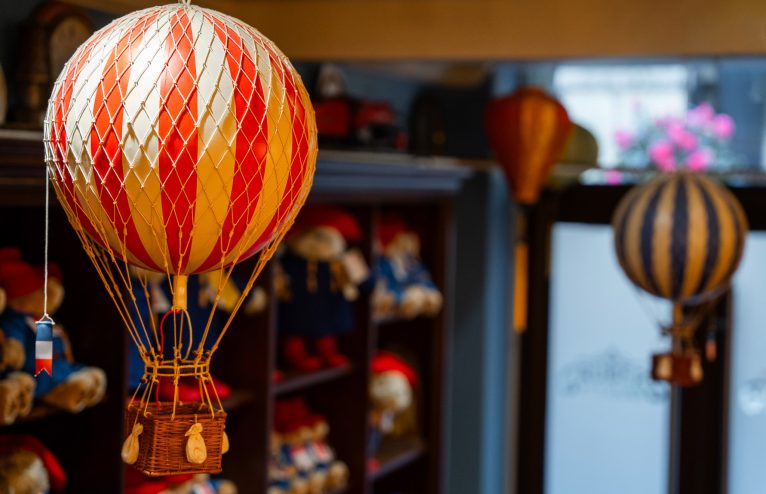
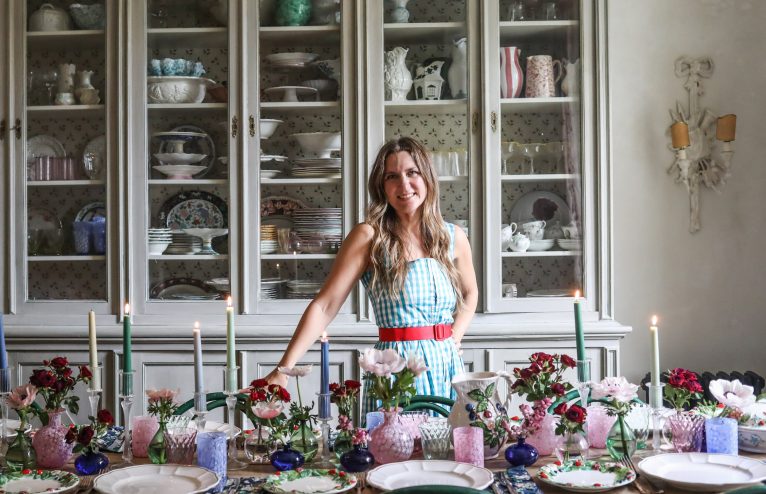


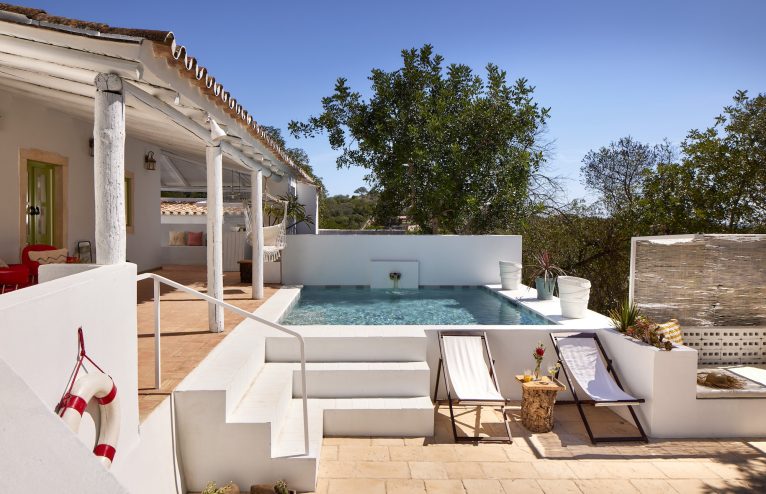


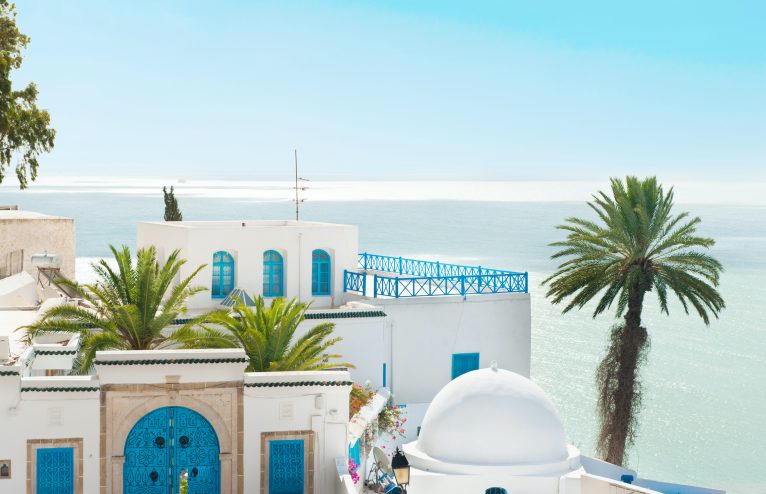






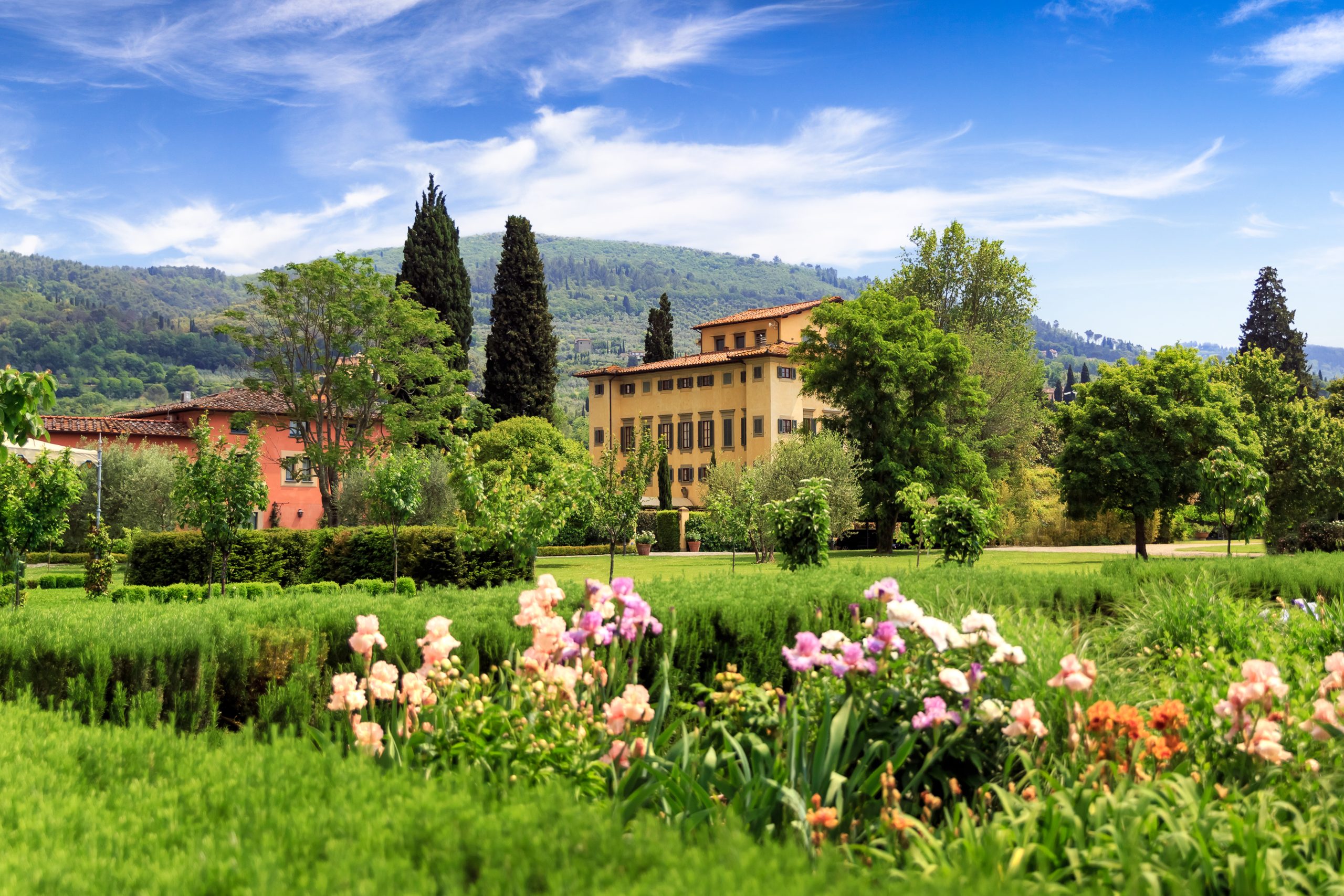
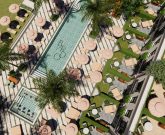


Any Questions or Tips to add?